To mark its 100th birthday, Brickworks has released a publication, 100 Years of Bowral Bricks, documenting the significant milestones in their rich and diverse history. In this first part of two, we delve into the history of bricks.

Gympie Aquatic Recreation Centre, Liquid Blu Architects, Bowral 76 bricks in Chillingham White, photography by Christopher Frederick Jones.
October 11th, 2022
Bricks have been shaping our architecture, cities and lives for more than ten thousand years. Paralleling our evolution, we have seen the brick transform from a simple building block to a dynamic resource that can be used to create masterpieces of architectural whimsy, delight, protection and status.
With the oldest dating back to 8300BC, these colossal Jordan bricks, resembling a contemporary loaf of bread, were shaped from a mix of dirt, clay and water, sun dried and then joined with a similar mix.

A millennium later in 7300BC, Jericho (Turkey) Neolithic bricks were getting closer in dimensions to our contemporary bricks at 400 x 150 x 100. Made from Varve Clay, found on riverbeds and lakes, the material consisted of hydrated silicates of aluminium. (A typical contemporary brick is made of a mix of silica, Alumina, lime, iron oxide, magnesia, Sulphur trioxide and water.) The Jordan bricks are the oldest resembling our bricks, but there is great evidence that bricks were being developed throughout Europe, Northern Africa and China around the same period.
By 5900BC wooden forms were being used, and from 3000BC the Egyptians (who used a mixture of clay and straw for their early bricks) introduced moulds.
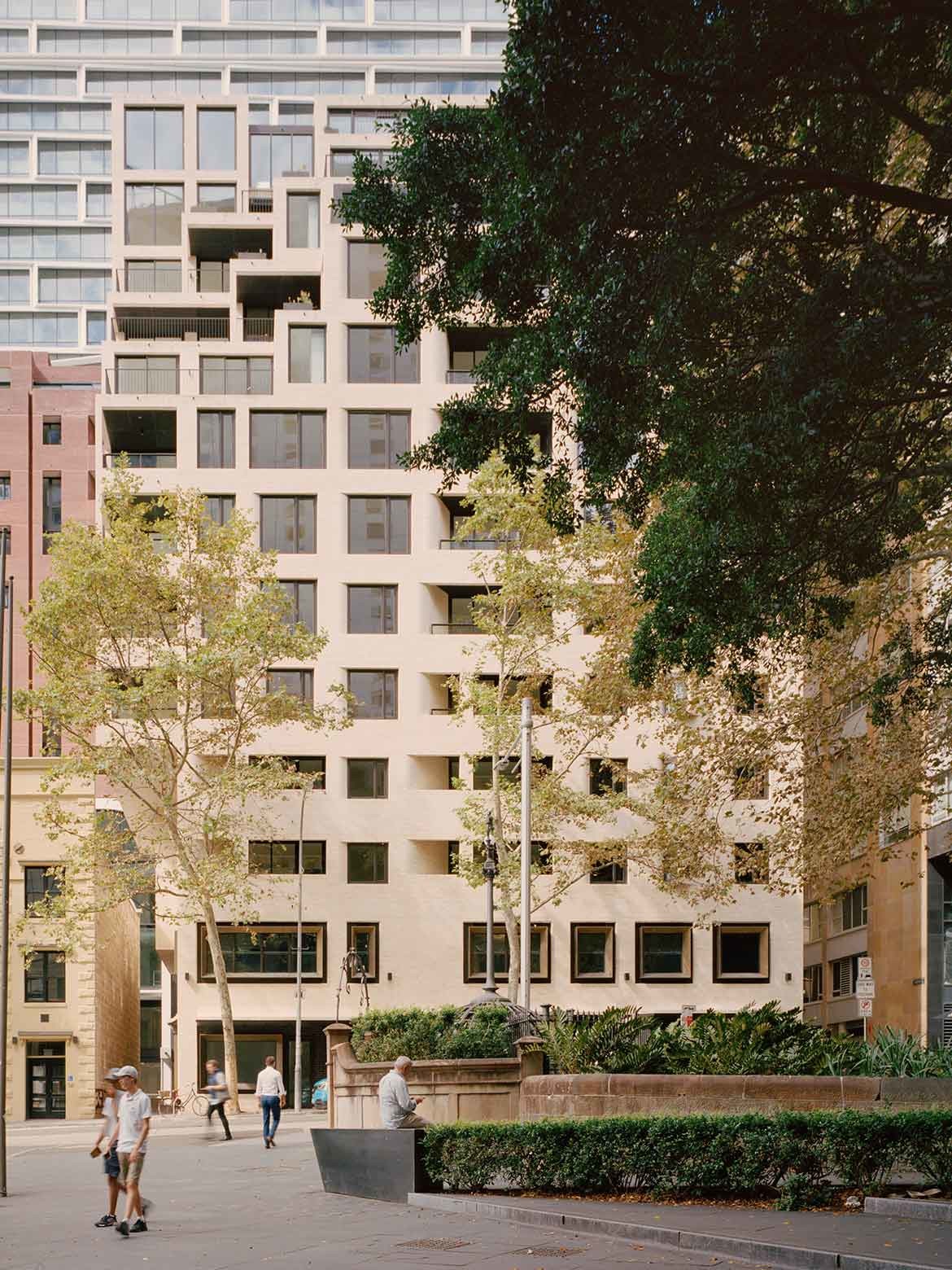
Around 5000BC firing was developed by the Mesopotamians, but the process was difficult.
Around 4400BC, red clay fully fired bricks were in sufficient production to build a round walled settlement in Chengtoushan, China. Built by the people of the Daxi Culture, the settlement lasted intact for two millennia, serving three separate cultures. Well done! The settlement remains are now preserved as an archaeological park.
Related: Brickworks x Adam Goodrum bring back the breeze block
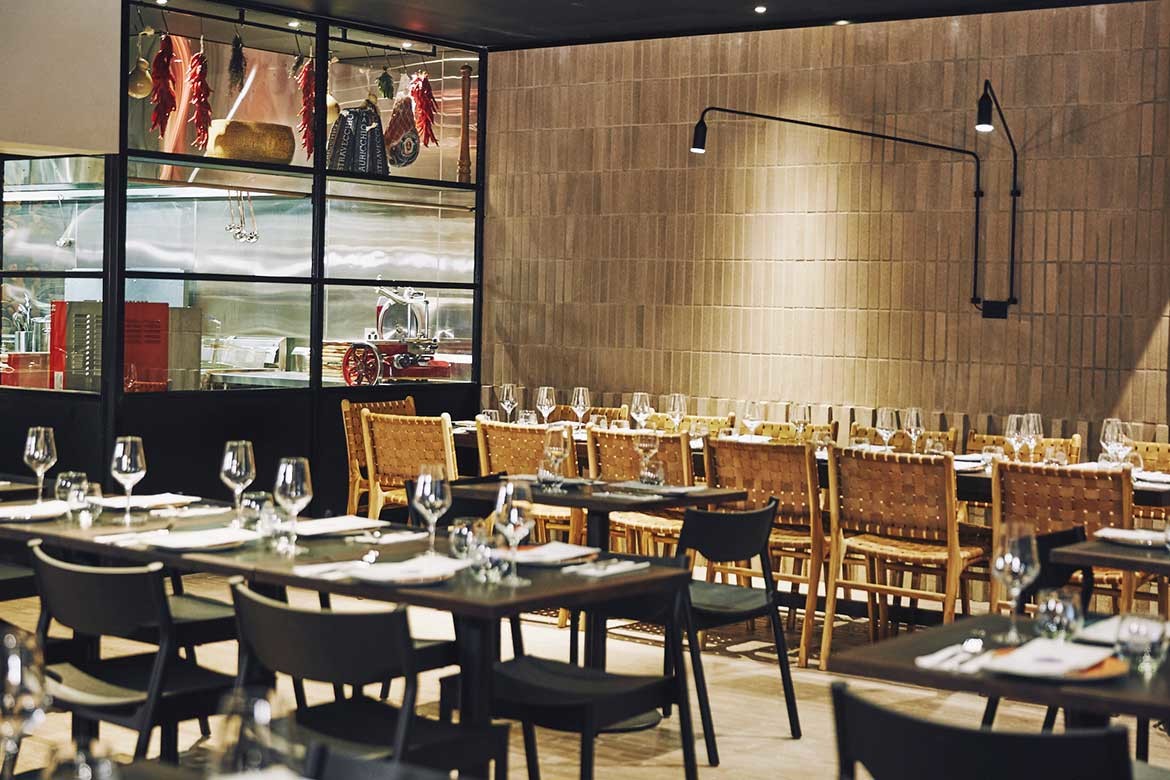
By 2111BC bricks were shaping the world we live in with temples for gods, kings and nobility. Moreover, they were being used with increasing architectural and engineering savvy and, by 604BC, architecture of great significance — such as the Hanging Gardens — was realised.
From the medieval period a constant cycle of improvements were made to presses and drying, though the drying process took a month, rather than the two-to-four days currently required. By the ninth century, standard sizing started to appear, though becoming less relevant as custom and large format bricks have emerged.
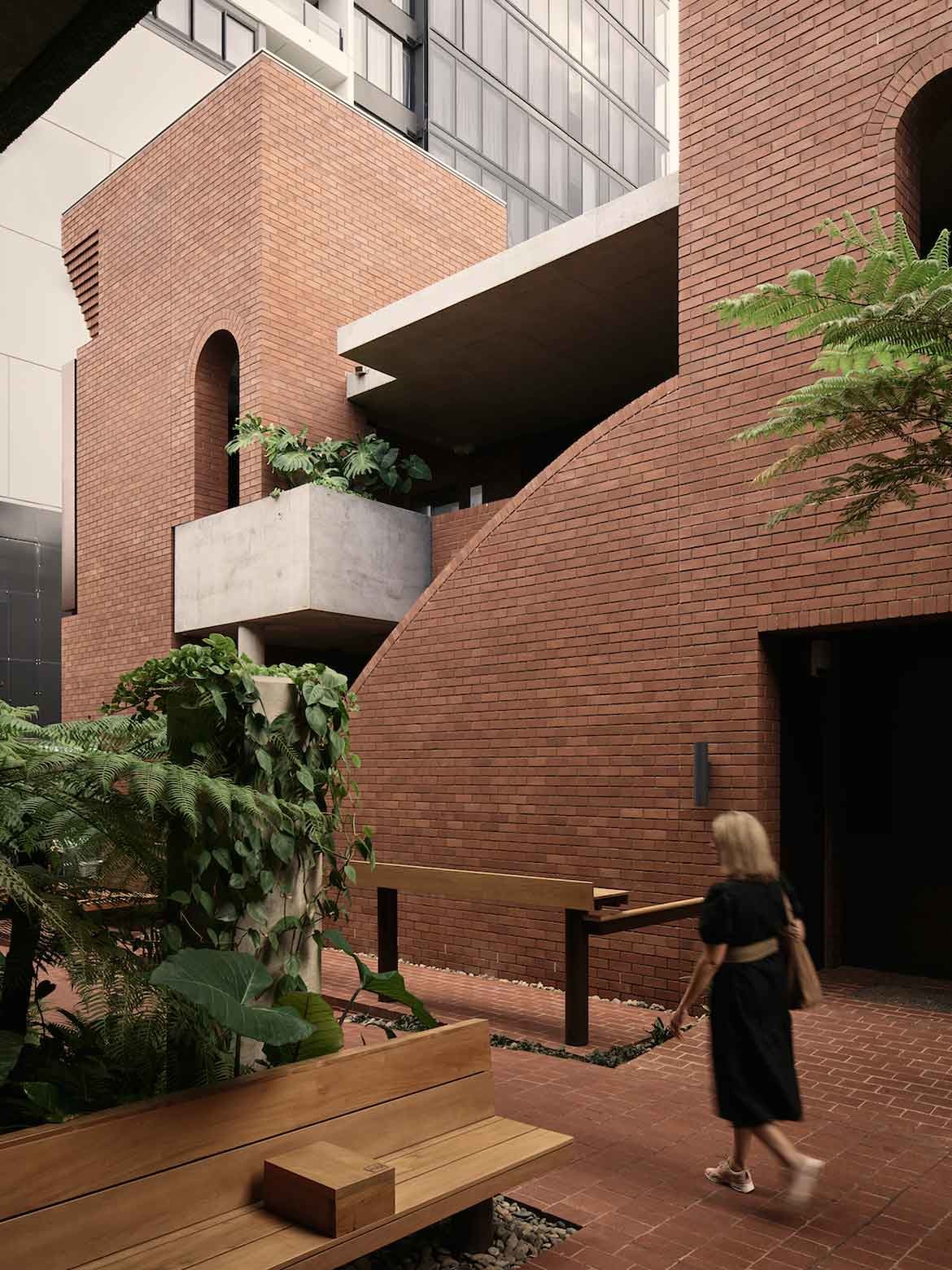
Australia’s first bricks came by ship, with riverbed bricks being formed by convicts soon after. In 1908, a group of investors, led by William Dawes, recognised a need for the industrialisation of brick manufacturing and formed the Austral Brick Company, now a brand of Brickworks. By 1914 it was sufficiently established as a major contributor to the brick industry to survive the coming depression.
More recently, under Lindsay Partridge, Brickworks and its brands of Austral Bricks, Bowral Bricks, Nubrik and Daniel Robertson, have been transformed to a national organisation with manufacturing operations in New South Wales, Victoria, Tasmania, South Australia, Western Australia and Queensland. Continually upgraded and modernised, the world’s best technology and environmental protection features enable the introduction of new and highly innovative products.
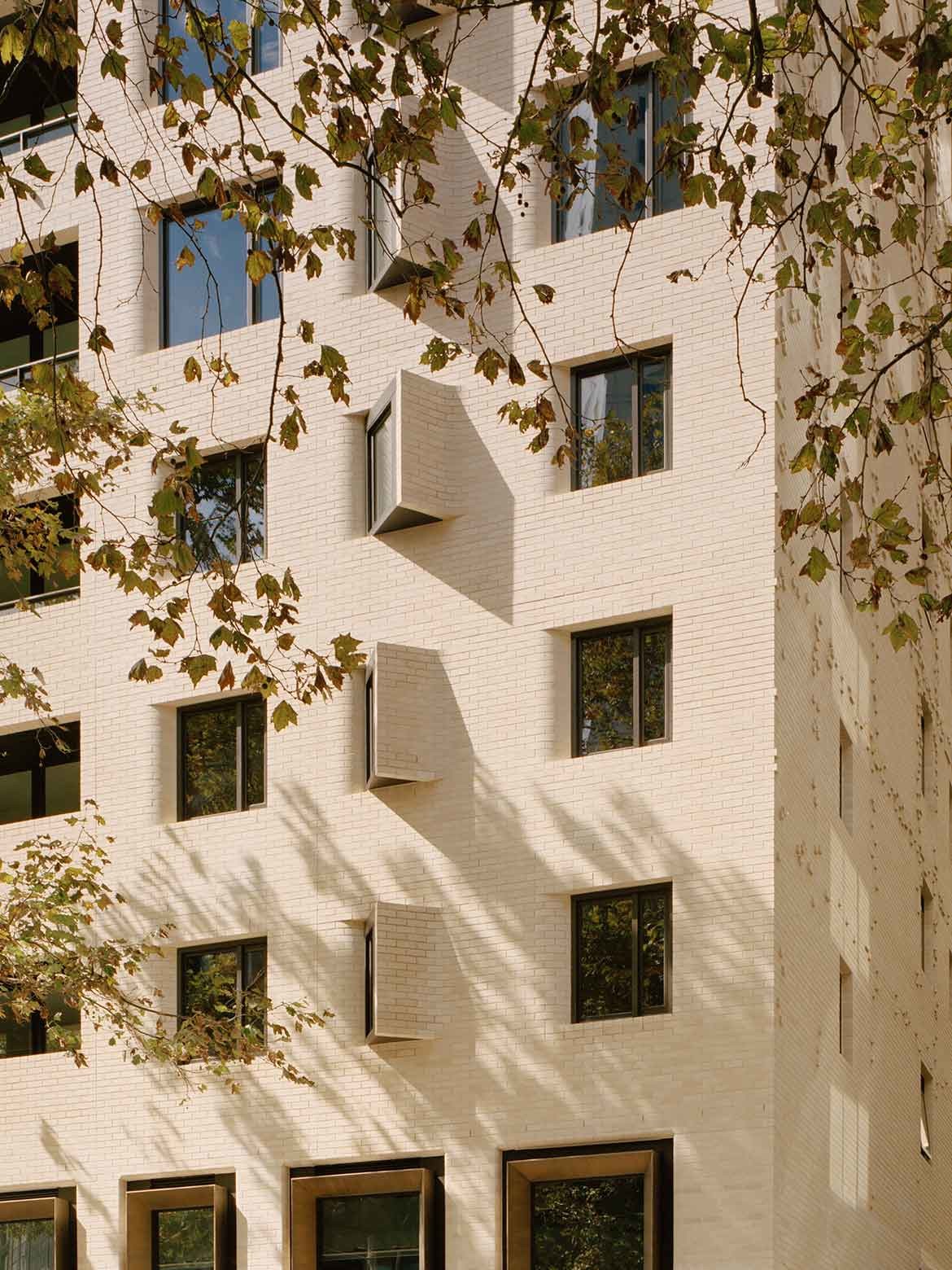
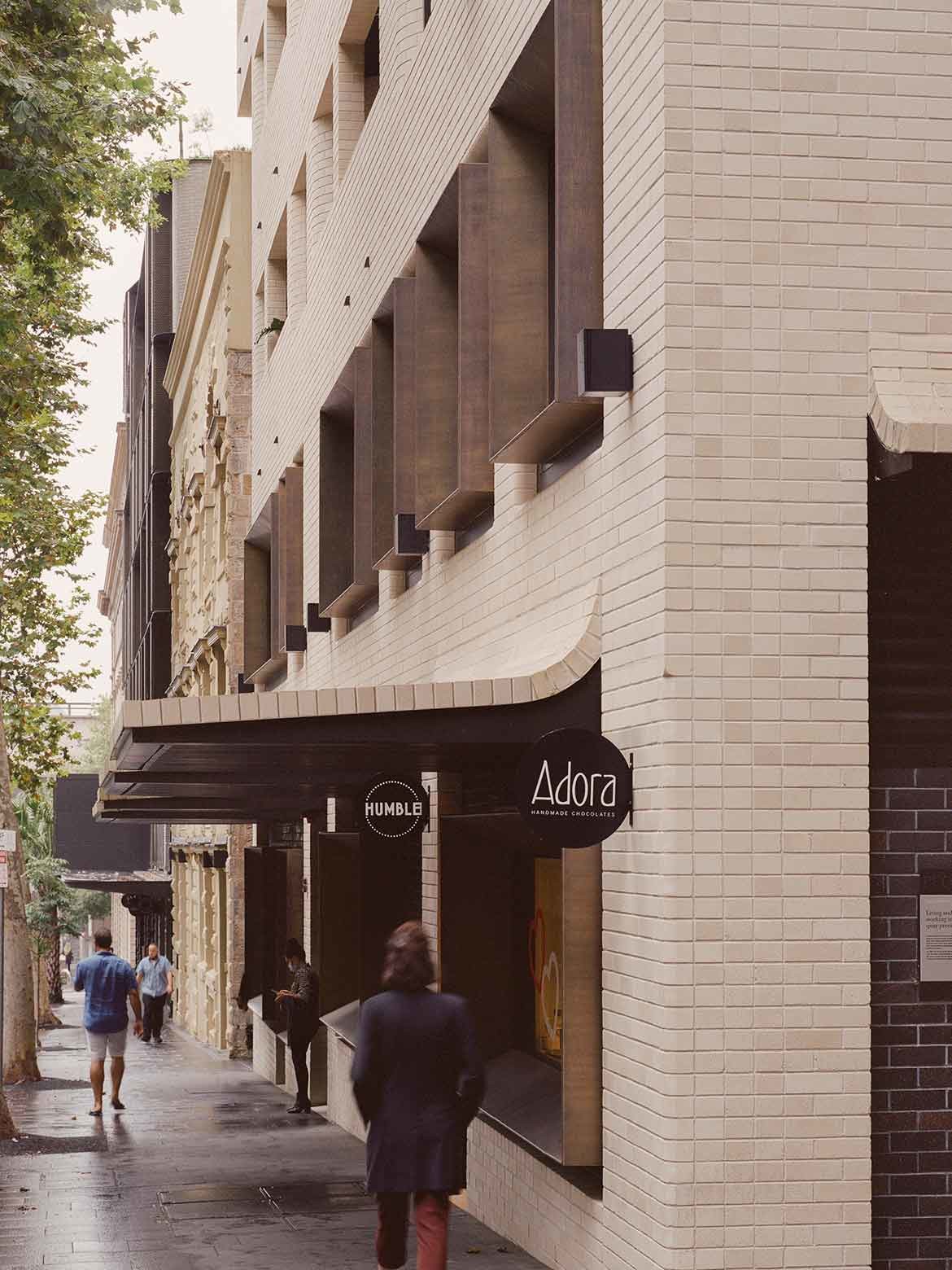
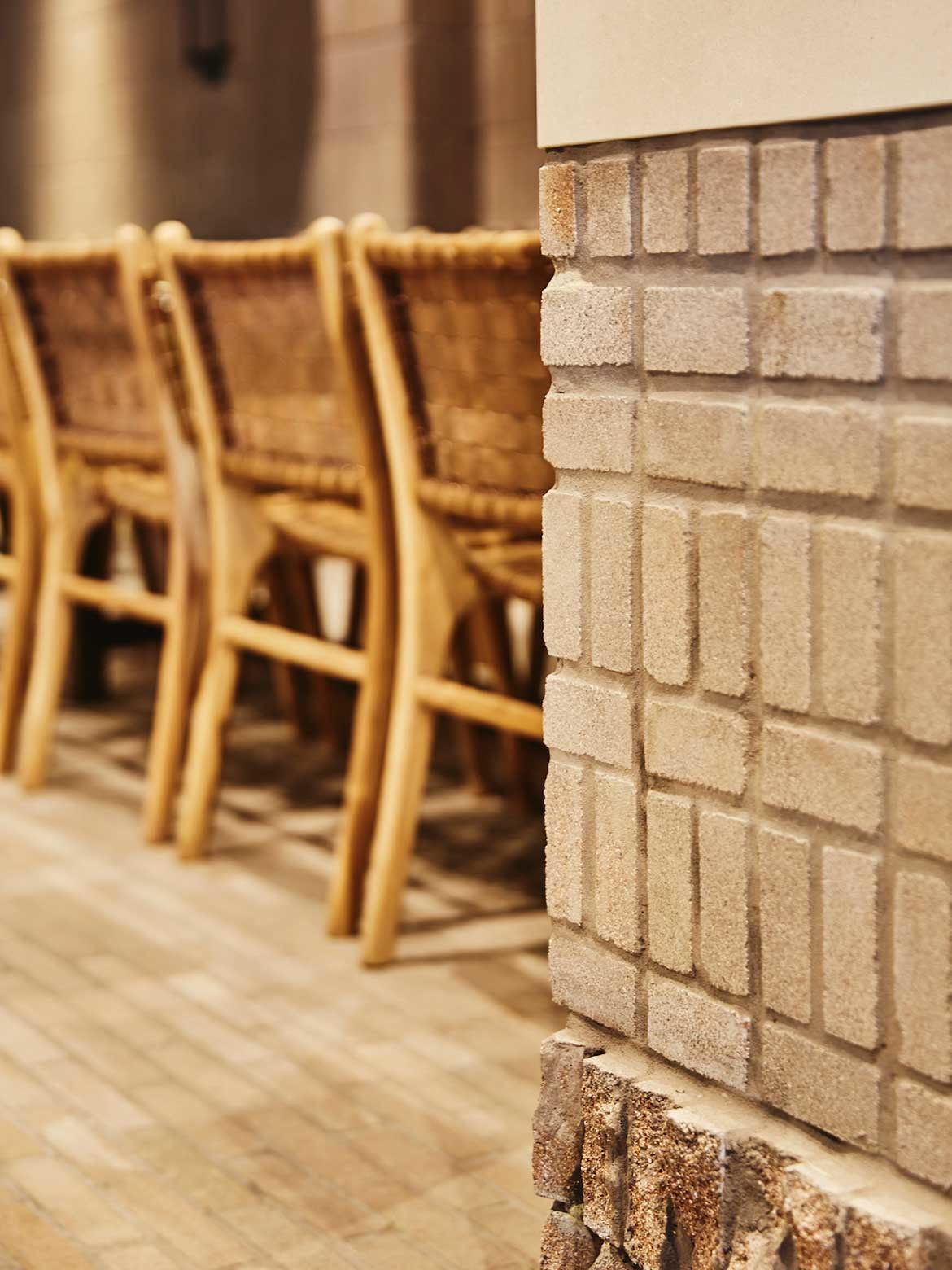
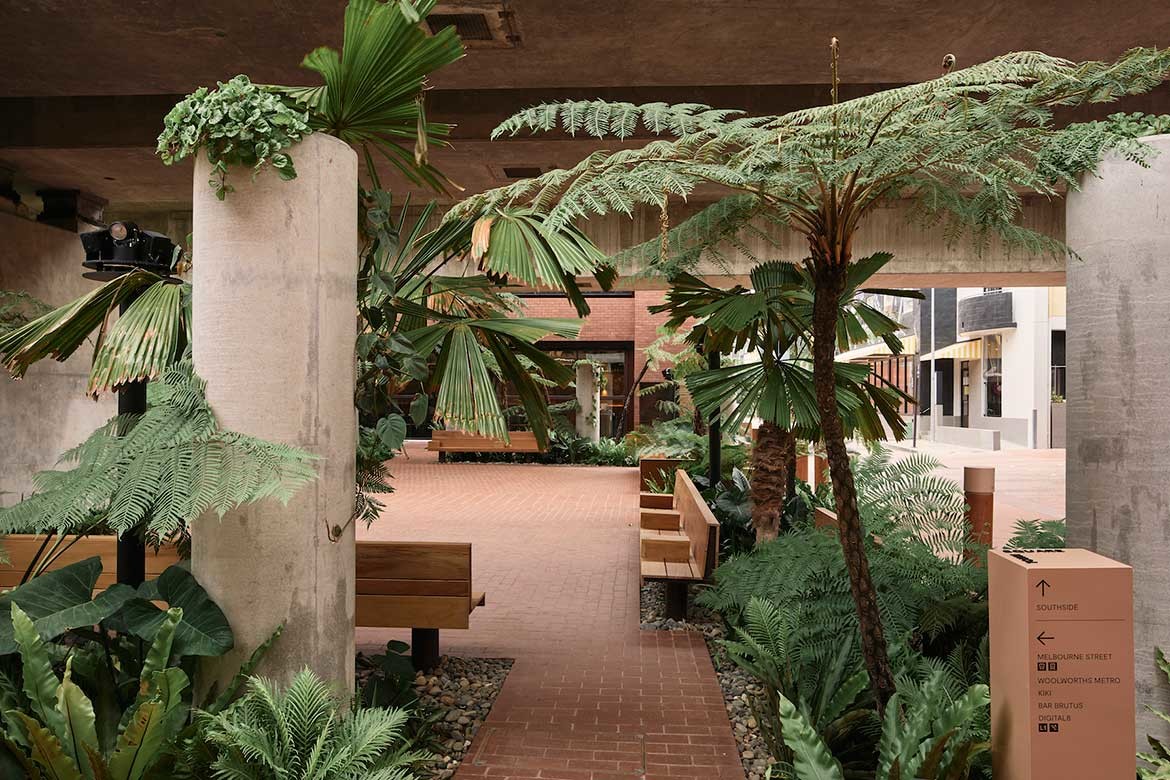
Brickworks
brickworks.com.au
The second of this two-part series can be found here
INDESIGN is on instagram
Follow @indesignlive
A searchable and comprehensive guide for specifying leading products and their suppliers
Keep up to date with the latest and greatest from our industry BFF's!

For a closer look behind the creative process, watch this video interview with Sebastian Nash, where he explores the making of King Living’s textile range – from fibre choices to design intent.
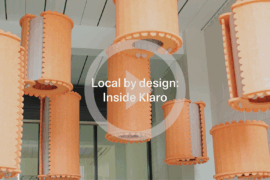
In an industry where design intent is often diluted by value management and procurement pressures, Klaro Industrial Design positions manufacturing as a creative ally – allowing commercial interior designers to deliver unique pieces aligned to the project’s original vision.
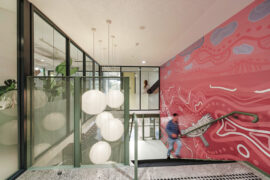
From radical material reuse to office-to-school transformations, these five projects show how circular thinking is reshaping architecture, interiors and community spaces.
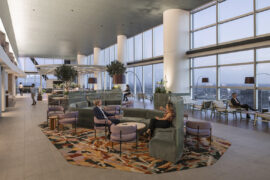
Designed by Woods Bagot, the new fit-out of a major resources company transforms 40,000-square-metres across 19 levels into interconnected villages that celebrate Western Australia’s diverse terrain.

In an industry where design intent is often diluted by value management and procurement pressures, Klaro Industrial Design positions manufacturing as a creative ally – allowing commercial interior designers to deliver unique pieces aligned to the project’s original vision.
The internet never sleeps! Here's the stuff you might have missed

With the opening of the 2026 INDE.Awards program, now is the time to assess your projects, ensure photography is at hand and begin your submissions.
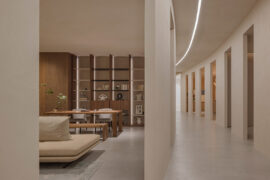
The Simple Living Passage marks the final project in the Simple World series by Jenchieh Hung + Kulthida Songkittipakdee of HAS design and research, transforming a retail walkway in Hefei into a reflective public space shaped by timber and movement.